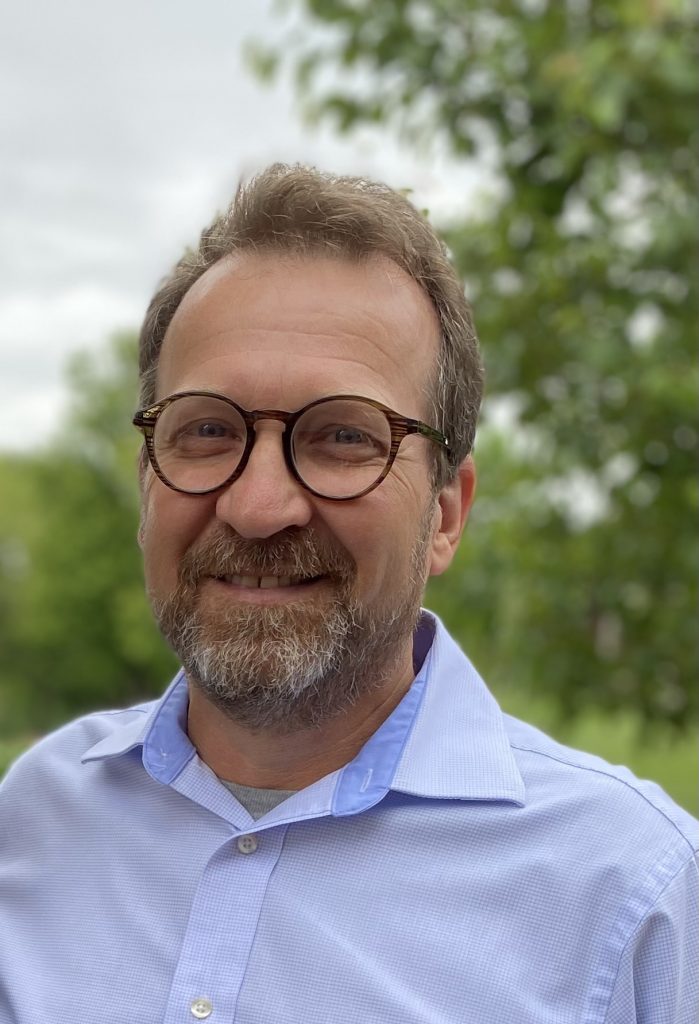
Can you say a few words about yourself?
I grew up on a farm in Southern Ontario, Canada, settled by my great-great grandparents as part of the Amish Mennonite migration from Europe in the early 1800s. I obtained a degree in Mechanical Engineering from the University of Waterloo in Ontario. My wife also grew up in a Mennonite community, in this case a small town in Indiana named Berne, due it being settled by Swiss Mennonites. They maintain a strong nostalgia for Switzerland; the town recently constructed a large clock tower that is a replica of Bern’s.
Did you choose your profession or did it choose you?
I originally wanted to do graduate work in heat transfer and visited the University of Minnesota while traveling through Minneapolis. I didn’t know about aerosol science at that point but ended up doing a MS and PhD at U of M that started through a random meeting with Virgil Marple, who took me on as a grad student on the spot solely because I told him I grew up on a farm (I don’t think he ever looked at my transcripts). Aerosol science at that time was a relatively new and I found it exciting due to the combination of the interesting physics of aerosols and instrumentation development opportunities
What attracted you to join LAPI?
A chance to continue my close collaborations with Thanos Nenes and expand my exposure to other researchers in general, while enjoying the beauty of Switzerland.
Can you speak about the projects you are currently working on and other ones in the past?
I currently work on aerosol toxicity through measurements of oxidative potential and species that drive it, like metals, aerosol optical properties, focusing on brown carbon, aerosol emissions, atmospheric processing and thermodynamics. Turns out, all of these are related in interesting ways. My approach focuses on ambient studies in urban to remote regions, often building or modifying instruments to obtain novel data.
What have been some of your biggest challenges?
Writing papers.
What have been some of your biggest successes?
My various graduate students and post docs and their successes as their careers advance.
You split your time between teaching and research. How do you view these two roles?
Teaching forces interactions with many students, and when it goes well it can be more rewarding than the fleeting moments of excitement that happen doing research. There are many synergisms between teaching and doing research.
What do you enjoy to do, outside of science and research?
Being outside, farming, fixing or making things.
Where is the most interesting place you’ve been?
Small remote islands in the central Pacific; Wake Island, Kiribati, and the like, as part of NASA field studies in the days of DMS chemistry.